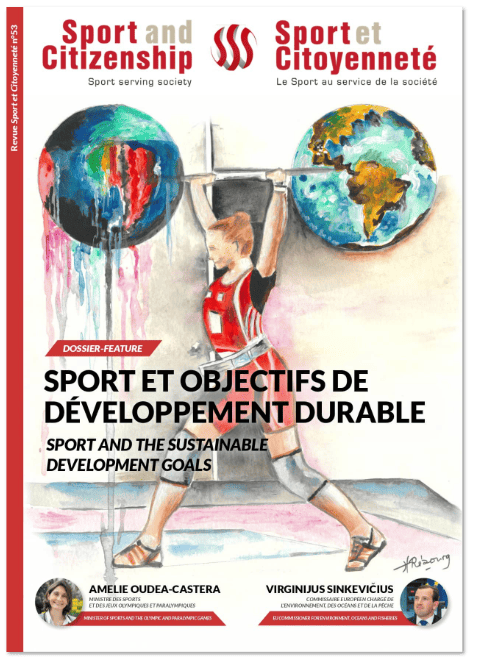National sports organisations as the driving force for the green transition
The National Olympic Committee and Sports Confederation of Denmark (DIF) has a clear responsibility to help support sustainability efforts and tackle climate changes and global warming. But can DIF, its 62 national sports federations and 9,000 clubs ever make a real difference? And do local sport activities even have a climate footprint that’s worth reducing?

Poul Broberg, Head of Public Affairs, DIF
As a confederation with two million members in a country of just 5.8 million inhabitants, we have a major opportunity to galvanise local conservations on sustainability that can influence national climate goals. For that to happen DIF must succeed in inspiring local clubs to embrace the green transition. But why should they play an active part in the green transition when their primary focus is to create sports activities? What can DIF and the national sports federations do to engage local clubs?
Before trying to engage local clubs DIF must act first and become a role model worth emulating. To date, we have signed the UN Sport for Climate Action Framework, set targets to reduce our climate footprint, determined our baseline climate footprint and the climate footprint of local sports clubs, received external advice from an advisory board, made guidelines for more sustainable sports events and much more. Now we need to go from individual projects to adopting and implementing integrated sustainability strategies that encompass all our activities and partners.
Focusing on basic guidelines and requirements for suppliers
Besides centring on being a role model we must create concrete, sustainable changes for our two million members locally by making it easy to participate in the green transition. Ideally, to truly succeed in engaging local clubs, the green choice must be the simplest one. As a result, sports organisations must focus on fashioning the best political, financial, and practical framework for the green transition in local sports.
Role of international sports organisations
The world of sports must also look inward. If governments and the European Union are to support the green transition in sports, then international and European sports federations must ensure that international competitions and national federation rules take sustainability into account. International and European sports federations must guarantee that tournament formats and material selection do not unnecessarily work in opposition to the green transition locally or internationally.
“The green transition is undeniably a team sport”
The green transition is undeniably a team sport. Engaging every single local sports club in the green transition means potentially reaching all two million members of DIF, which may create a domino effect among the entire population of Denmark. Civil society is uniquely poised to take on this leadership role.
Find this article and more in our special magazine “Sport and ODD”







 INSCRIPTION
INSCRIPTION
 CONTACT
CONTACT FACEBOOK
FACEBOOK